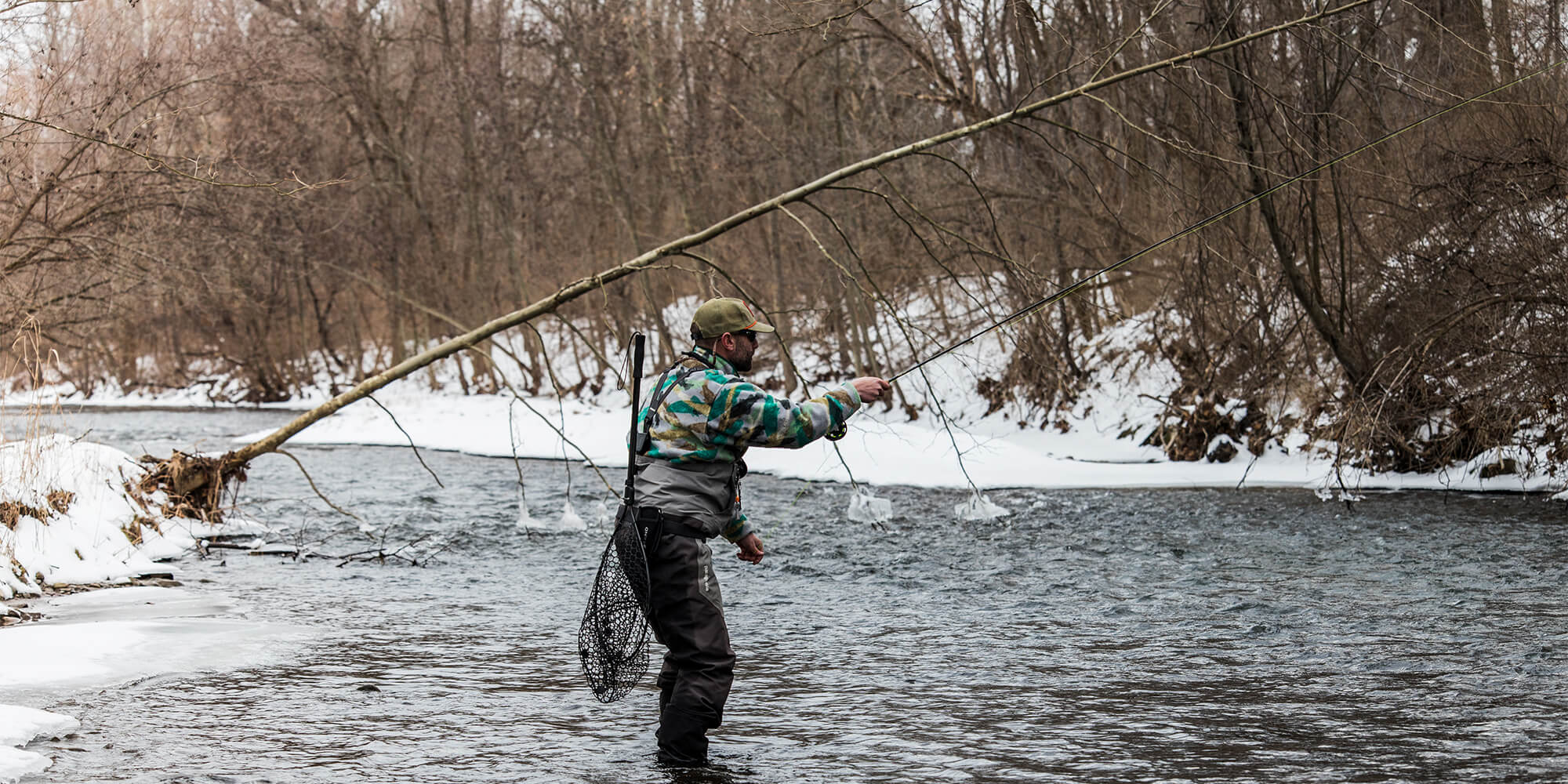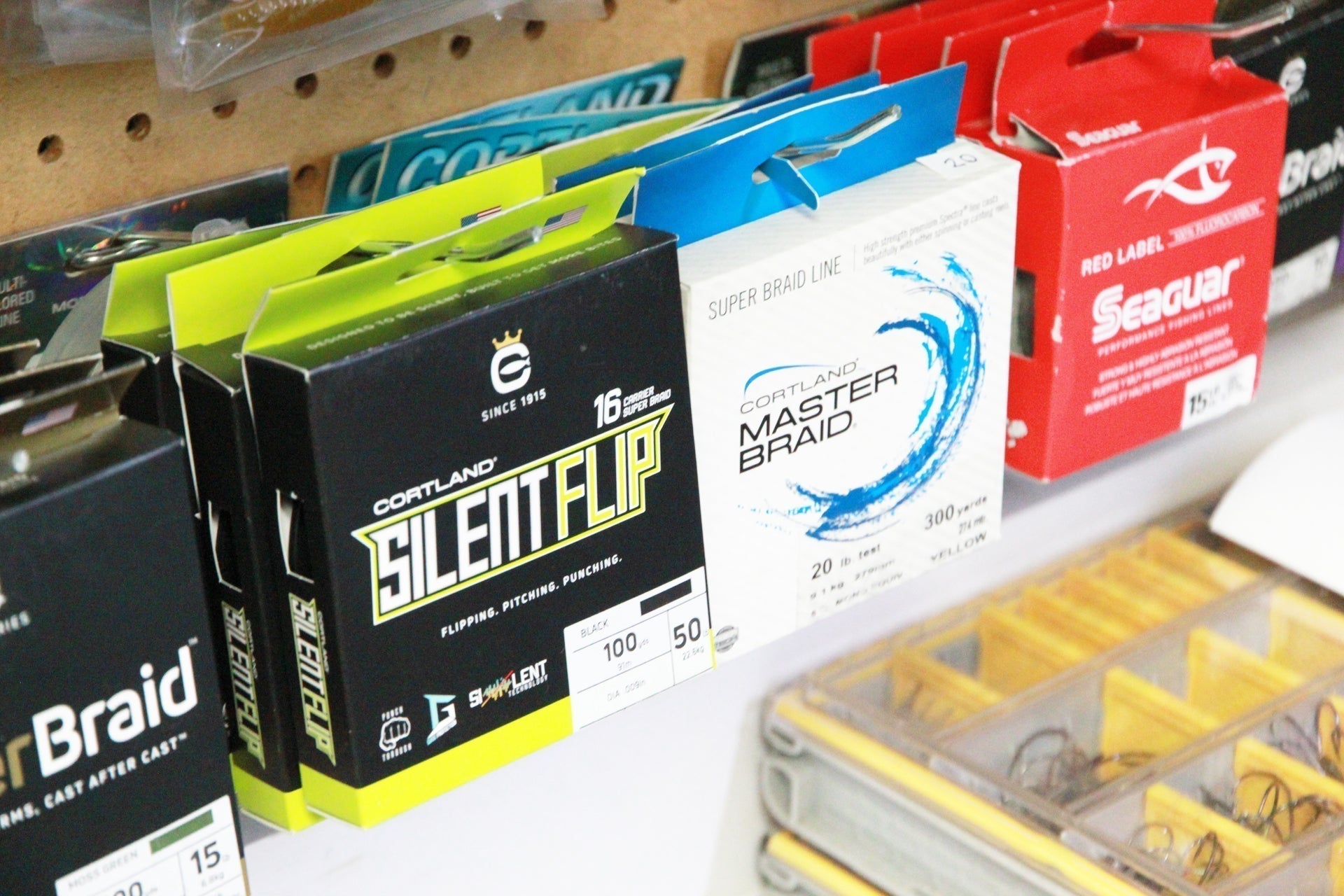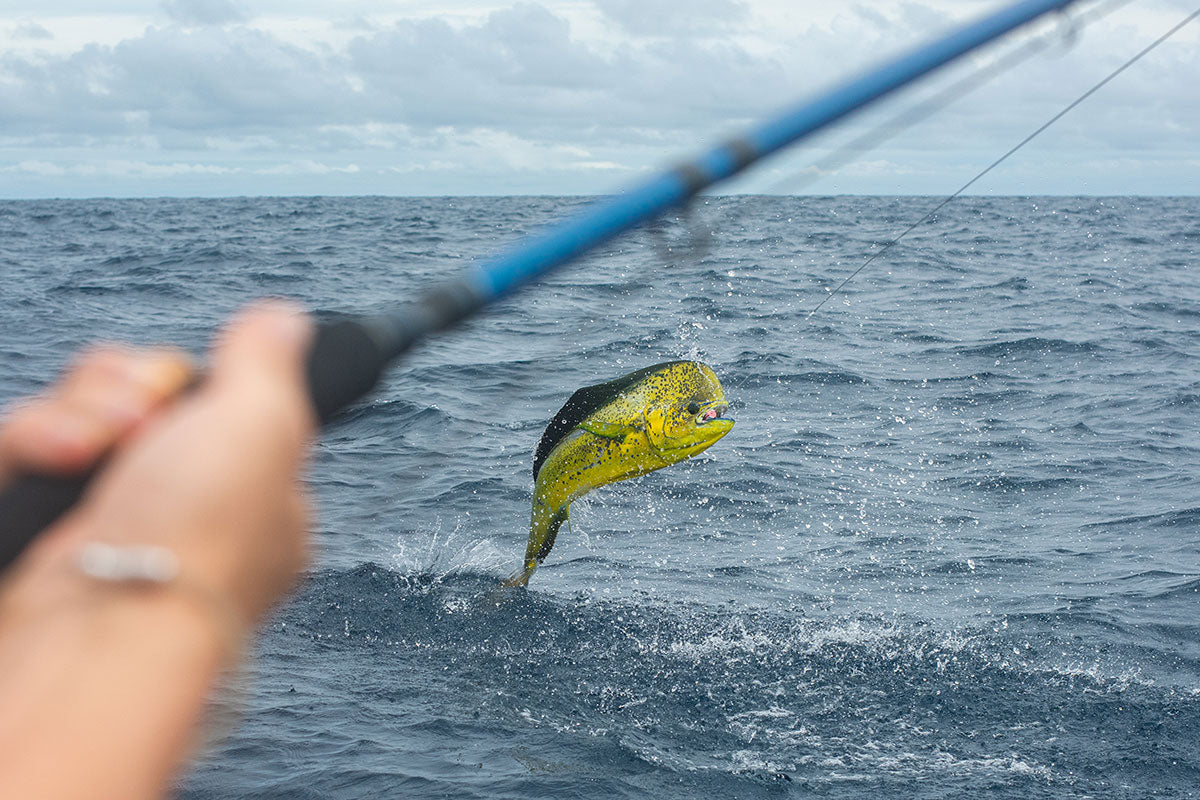Article Written by Matthew Borovy. Learn More About the author below / Article Read Time: 7 Minutes

With euro nymphing being one of the most effective and popular fly-fishing methods of modern day, it’s easy to feel overwhelmed at the plethora of information available to us. How do you easily build a tight line rig when there are hundreds of different recipes out there? … Well, like making chocolate chip cookies, there may be thousands of ways to make them but in the end, you’re going to get chocolate chip cookies. Cookies aside, this is a valuable point in this space, and it really comes down to what’s comfortable and effective for you. Today, we are going to go over a basic euro nymph fly line rig and mono rig as well as the benefits to using both. Whether you are a complete beginner or just looking to try something new, check out these rigs:

Euro Nymph Fly Line Rig:
The first rig that we are going to go over will utilize our euro nymph fly lines. This set up is designed for the angler that prefers the easier handling of fly line as opposed to Monofilament. Starting with one of our mono or braid core euro fly lines, attach about 3-9’ of euro nymph leader material using a Uni-Knot or Albright Knot. Use between 3-5' of euro nymph leader material on smaller water where most of your drifts will occur directly under your rod tip. Use between 5-9' on bigger water where you will want to make further drifts and cover water more effectively. Additional wraps on each style of knot are recommended as it creates a wider surface area when tightened and resists sleeving off the jacket material.

For our .022” euro fly lines, we recommend tying our 14-20 lb. euro nymph leader material as a butt section. A slightly smaller diameter butt section relative to your fly line helps transfer energy smoothly and prevent knots from catching on your guides. Another option for this connection is the exposed core method with our mono core nymph lines. To do this, Start with a thin piece of tippet, either nylon or fluorocarbon in 2x or 3x. The thinner size tippet is ideal to bite into the jacket material. Tie a three-turn Uni-Knot, Nail Knot or Overhand knot 4'' up the fly line, tighten and sleeve off the jacket material. If there is remaining jacket material, run fingers over the core and remove excess material. Once the core is exposed, we recommend tying your leader to the core of the fly line using a back-to-back Uni Knot or a Blood Knot.
From here, you can attach your indicator leader material. We suggest using a Blood Knot for this connection, but a back-to-back Uni Knot works as well. We recommend a range of 18-24” of our bi-color or tri-color sighter. Follow this by tying a tippet ring to the end of the sighter to easily attach your main line tippet.

Your tippet size will depend on the size of your flies and the size of fish you are targeting. Along with the size, the length of your tippet section will depend on the water you are fishing. If you know the depth of the deepest spot or run, you’re going to fish in that outing, you’re going to want to make your tippet section between the sighter and your point fly at least that long.
The main benefit of this rig is that you’re going to be handling fly line the whole time throughout your drifts. Monofilament can be tricky to handle as it is slick and thin. This is especially true during the cold months, when handling mono can be even more troublesome due to cold wet hands. Even though the leader material section is only 3-9’ feet long, it will reduce the amount of drag on your drifts and allow you to achieve greater distance on those drifts. This is essentially capitalizing on some of the benefits of a mono rig while handling fly line the entire time. We like to keep the mono section in the 3-9' range, so that it is always outside of the rod tip and you’re not having to constantly bring any knots through the guides.

Euro Nymph Mono Rig:
The next rig we are going to go over is a full mono rig. This rig essentially starts the same as the previous one, by tying euro nymph leader material to your fly line, using a back-to-back Uni-Knot, Albright knot or the exposed core method. The difference with this rig is we are going to utilize about a 20-30’ piece of euro nymph leader material. Again, we are going to want to use a slightly smaller diameter leader material for our butt section to tie into our fly line. You can use the same diameter for the whole 20-30’ of your butt section or you can taper it if you would like. If you're going to taper the leader, we recommend using a level piece of mono for 75% of the length and tapering the last 25% of the leader. This will give the majority of anglers the benefits of a tapered leader without having to taper the whole leader. Tapering the whole butt section becomes significant when it comes to lighter rigs and small flies.
Once you have your mono butt section tied, you can attach 18-24" of your indicator leader material. Follow this by tying a tippet ring to the end of the sighter to easily attach your main line tippet. Once you have tippet attached, you’re good to tie on some nymphs and hit the water!
The main benefit of the mono rig is reach. It takes longer to get used to the handling of mono as opposed to fly line but the reduction of drag on your drifts is undeniable. Further drifts are more easily achieved with mono vs a euro nymph fly line due to the reduction of mass on the line. This is especially beneficial when fishing lighter, smaller flies, when you need the least drag possible to stay in that drift line. Generally, the lighter mono you use, the less drag you’re going to have on your drifts. Another benefit to mono is that it is less dense than fly line creating more sensitivity allowing you to pick up on subtle strikes.

While both rigs have their own benefits, you’re only going to find which one you prefer by getting out there and experimenting. Your euro nymphing set up is bound to change as you progress as an angler so don’t be afraid to try new things or adjust to ever changing conditions. If you don’t know where to start with a mono rig, we recommend trying the larger size leader material, 14-20 lb. until you feel comfortable handling them. If you want even more of the benefits of a mono rig while handling fly line, we suggest checking out our new .017” level mono core euro nymph fly line. Thank you, guys, for reading and feel free to share any questions in the comments and let us know your favorite euro nymph rigs.
About the author
Matt Borovy is a Cortland Line Sales Rep. and fly fishing guide in Central New York. A Connecticut native, he began freshwater fly fishing at the age of 13 and eventually made the transition into targeting large wild brown trout across the northeast as well as saltwater fly fishing for Striped Bass and False Albacore. He now resides in Syracuse, NY and spends most of his time targeting the many rivers, creeks and lakes in the area. To find out more about Matt or to book a guided trip in Central New York, visit: www.saltcityflyfishing.com or check out his Instagram: @saltcityflyfishing
Products mentioned in this article:
Cortland Tippet Rings
Euro Nymph Leader Material
Indicator Mono Leader Material - Bicolor
Indicator Mono Leader Material - Tricolor
Ultra Premium Fluorocarbon Tippet
Hi-Vis Euro Nymph Braid Core Fly Line
Hi-Vis Euro Nymph Mono Core Fly Line
Crown Series Performance Fly Reel
Nymph Series Performance Fly Rod


